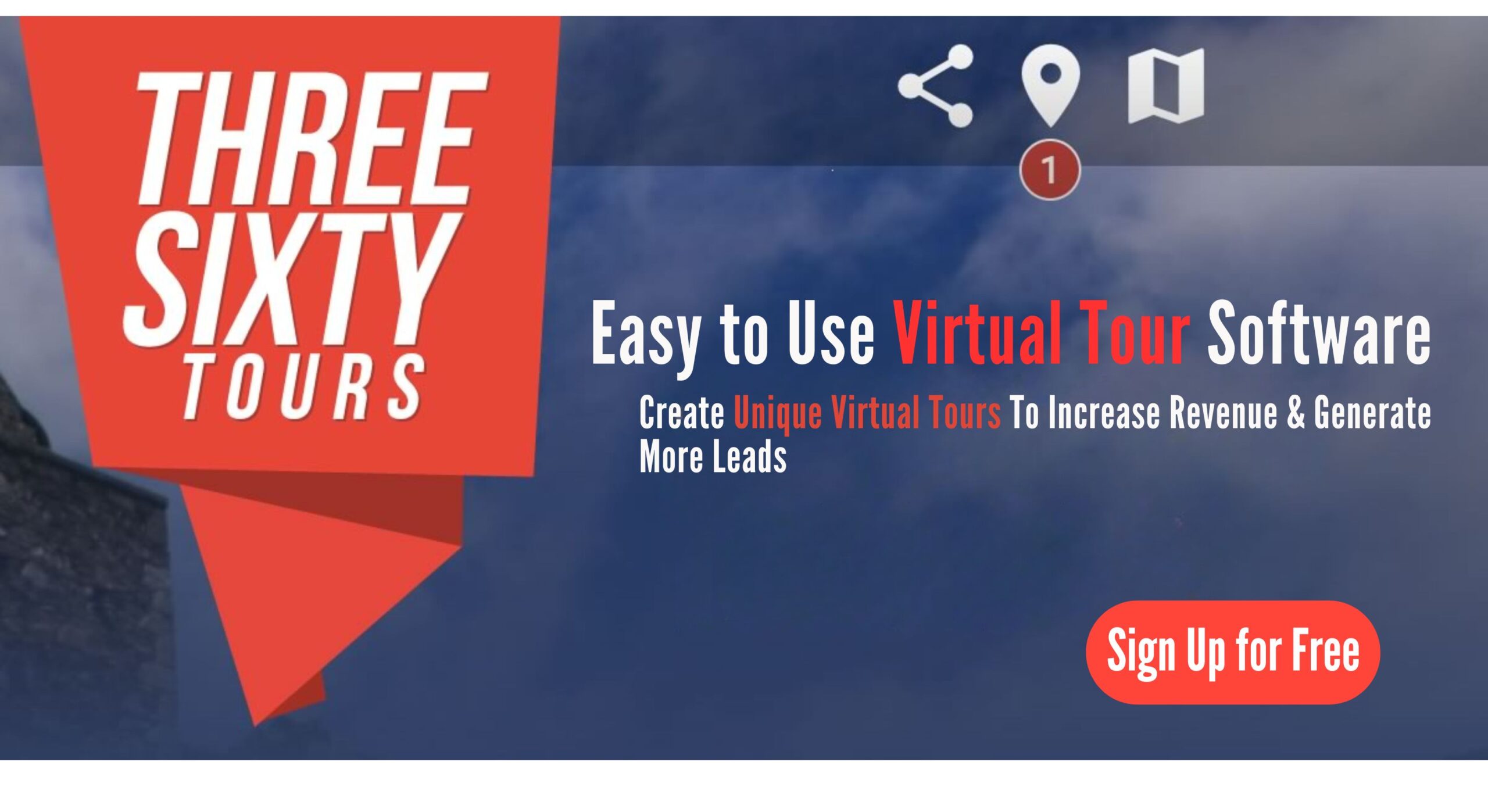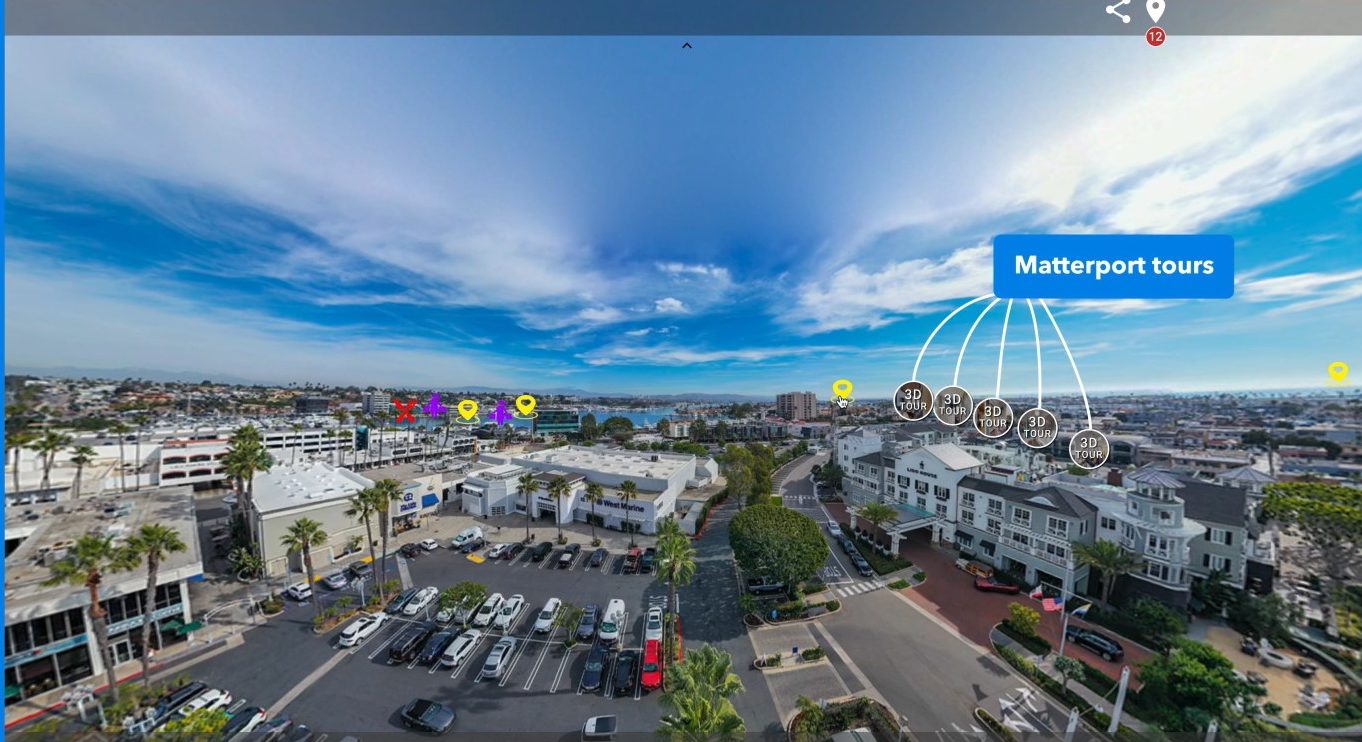interactive 360
Interactive 360: The Future of Immersive Content for Photographers and Real Estate Professionals
I. Introduction
In today’s fast-paced digital world, people crave more than just static images or flat videos. They want experiences—something they can explore and interact with. That’s where Interactive 360 comes in. Interactive 360 is a new way to create immersive content that lets viewers explore a space as if they were physically there. With just a few clicks, users can look around, zoom in, and interact with hotspots that provide more information or guide them to different areas.
This technology is especially powerful for photographers and real estate professionals. It offers a fresh way to showcase work, tell stories, and engage clients. Thanks to platforms like www.threesixty.tours, creating these experiences doesn’t require a tech degree.
In this guide, we’ll break down what Interactive 360 is, how it works, where it’s being used, and how you can start using it to grow your business. Whether you’re a seasoned photographer or a real estate agent looking to stand out, this article will give you the tools and confidence to dive into this exciting technology.
What is Interactive 360?
Interactive 360 content lets users explore a full 360-degree environment. Unlike traditional photos or videos, this format gives users control over their experience. There are three main types of 360 content:
- 360-Degree Images: These are panoramic photos that let users look around in all directions. You can add clickable elements like hotspots, labels, or arrows to guide users through the space.
- 360-Degree Videos: These videos let viewers look around as the video plays. It’s a great way to tell stories or give virtual tours with a more dynamic feel.
- Virtual Reality (VR): When viewed through a VR headset, 360 content becomes fully immersive. It’s like stepping into another world. While not required, VR can take the experience to the next level.
What makes 360 content truly “interactive” is the addition of clickable features like:
- Hotspots that reveal extra info or open new scenes.
- Navigation arrows to move between rooms or views.
- Embedded media like images, videos, or text pop-ups.
These features let users explore at their own pace, making the experience more engaging and memorable. Platforms like www.threesixty.tours make it easy to create this kind of content. You simply upload your panoramic images, place your hotspots, and publish your tour—no coding required.
Want to see what’s possible? Check out how NASA uses 360 technology to give virtual tours of the International Space Station here: NASA Virtual Tours.
Real-World Applications of Interactive 360
Interactive 360 isn’t just cool tech—it’s a practical tool used across many industries. Here’s how it’s making a difference:
-
Real Estate and Travel:
In real estate, virtual tours help buyers explore properties from anywhere. This saves time, builds trust, and increases engagement. You can highlight key features like granite countertops or smart home systems using hotspots.
In the travel industry, hotels and resorts use 360 tours to show off rooms, amenities, and nearby attractions. A well-done tour can be the difference between a booking and a bounce. -
Education and Training:
Schools and organizations are using 360 content to create immersive learning environments. For example, students can take a virtual tour of the Louvre or explore a 3D model of the human heart.
In corporate settings, 360 training modules help employees learn safety procedures or customer service skills in a realistic, hands-on way. -
Marketing and Advertising:
Brands are turning to Interactive 360 to create unforgettable marketing campaigns. Car companies offer virtual test drives. Fashion brands create virtual showrooms. These experiences are not only fun—they also boost engagement and conversions.
According to this report from Statista, immersive content like VR and 360 video is expected to grow rapidly in the coming years: Statista Report. -
Entertainment and Events:
Musicians are releasing 360-degree concert videos. Filmmakers are producing immersive documentaries. Even weddings and events are being captured in 360, allowing people to relive the moment from every angle.
For photographers, this opens up a new way to present their portfolios. Imagine a virtual gallery where potential clients can “walk” through and view your work. For real estate pros, it means being able to offer a high-end service that sets you apart.
With www.threesixty.tours, creating these experiences is surprisingly simple. You don’t need to be a tech wizard—just have a good eye and a desire to innovate.
Tools and Technologies You’ll Need
Getting started with Interactive 360 doesn’t have to be overwhelming. Here’s what you’ll need:
-
Software for Creating Interactive Content:
- Threesixty.tours: The go-to platform for creating interactive 360 tours. Upload your images, add hotspots, and publish—all from one easy-to-use dashboard.
- Adobe Photoshop/Lightroom: Great for editing your panoramic images. Use these tools to adjust lighting, color, and clarity.
- Pano2VR: A more advanced tool for creating custom tours. Ideal for users who want more control and flexibility.
- Kuula and Matterport: Other popular platforms with strong feature sets, though they may be more complex or expensive.
-
Hardware for Capturing 360 Content:
- 360 Cameras: Devices like the Ricoh Theta Z1, Insta360 ONE X2, and GoPro MAX are user-friendly and deliver great image quality.
- DSLR with Panoramic Head: For maximum control and resolution, use a DSLR mounted on a panoramic tripod head. This setup lets you stitch together high-quality images manually.
- VR Headsets: Not required, but useful for viewing your final product in full immersion.
-
Best Practices for Shooting and Editing:
- Plan Ahead: Think about the story you want to tell. Capture scenes that flow logically and highlight key features.
- Use a Tripod: This ensures stable, level shots. It also helps avoid blurry images and awkward angles.
- Avoid Stitching Errors: Be mindful of where images join. Don’t place important objects or people at the seams.
- Optimize for Speed: Compress files to ensure fast loading, especially on mobile devices.
- Test Across Devices: Make sure your tour looks good on desktops, tablets, and smartphones.
By following these tips and using a platform like www.threesixty.tours, you can produce professional-quality tours that wow your audience.
Challenges and Things to Watch For
Like any technology, Interactive 360 comes with its own set of challenges. But with a little planning, they’re easy to manage.
-
Technical Hurdles:
- Stitching Problems: Multi-lens cameras can sometimes create misaligned images. Use quality software and take your time during editing.
- Large Files: 360 images and videos can be big. Compress them to avoid slow loading times.
- Browser Compatibility: Not every browser handles 360 content the same way. Always test your tour on different devices and browsers.
-
Designing a Great User Experience:
- Keep Navigation Simple: Use arrows, labels, or maps to help users move through the space.
- Don’t Overload with Info: It’s tempting to add lots of hotspots, but too many can overwhelm viewers. Focus on the essentials.
- Frame the First View: Make sure the initial angle is attractive and informative.
-
Accessibility and Inclusivity:
- Add Text Descriptions: Include alt text for images and captions for videos.
- Make It Mobile-Friendly: Many users will view your tour on their phones. Design with that in mind.
- Offer Language Options: If you serve a diverse audience, consider adding translations.
Platforms like www.threesixty.tours are built with these challenges in mind. They offer mobile optimization, user-friendly interfaces, and built-in navigation tools to help you create a smooth experience.
The Road Ahead: What’s Next for Interactive 360?
Interactive 360 is just getting started. As technology evolves, we’ll see even more exciting developments:
- AI Editing Tools: Imagine software that automatically enhances your images or places hotspots based on scene recognition.
- Deeper VR Integration: As VR headsets become more affordable, more users will expect immersive experiences.
- Augmented Reality (AR): Combining 360 content with AR could create hybrid experiences that blend the digital and physical worlds.
- Voice Navigation: Future tours may allow users to navigate by speaking, making the experience even more intuitive.
The demand for immersive content is only going to grow. Those who embrace it now will be ahead of the curve—and better positioned to attract clients, close deals, and build their brand.
Ready to take the leap? Start your journey with www.threesixty.tours and see how easy it is to create stunning, interactive virtual tours that captivate and convert.
Final Thoughts
Interactive 360 is more than a trend—it’s a game-changer. It gives photographers a new way to showcase their art. It gives real estate agents a powerful tool to sell homes faster and smarter.
We’ve covered what it is, how it works, where it’s being used, and what tools you need to get started. We’ve also looked at common challenges and how to overcome them.
The bottom line? Interactive 360 is accessible, effective, and here to stay.
If you’re ready to stand out in a crowded market, now’s the time to jump in. With platforms like www.threesixty.tours, creating your first immersive tour is easier than you think.
Sign up today and start transforming the way you tell stories, showcase properties, and connect with your audience. Explore www.threesixty.tours now and bring your spaces to life.


